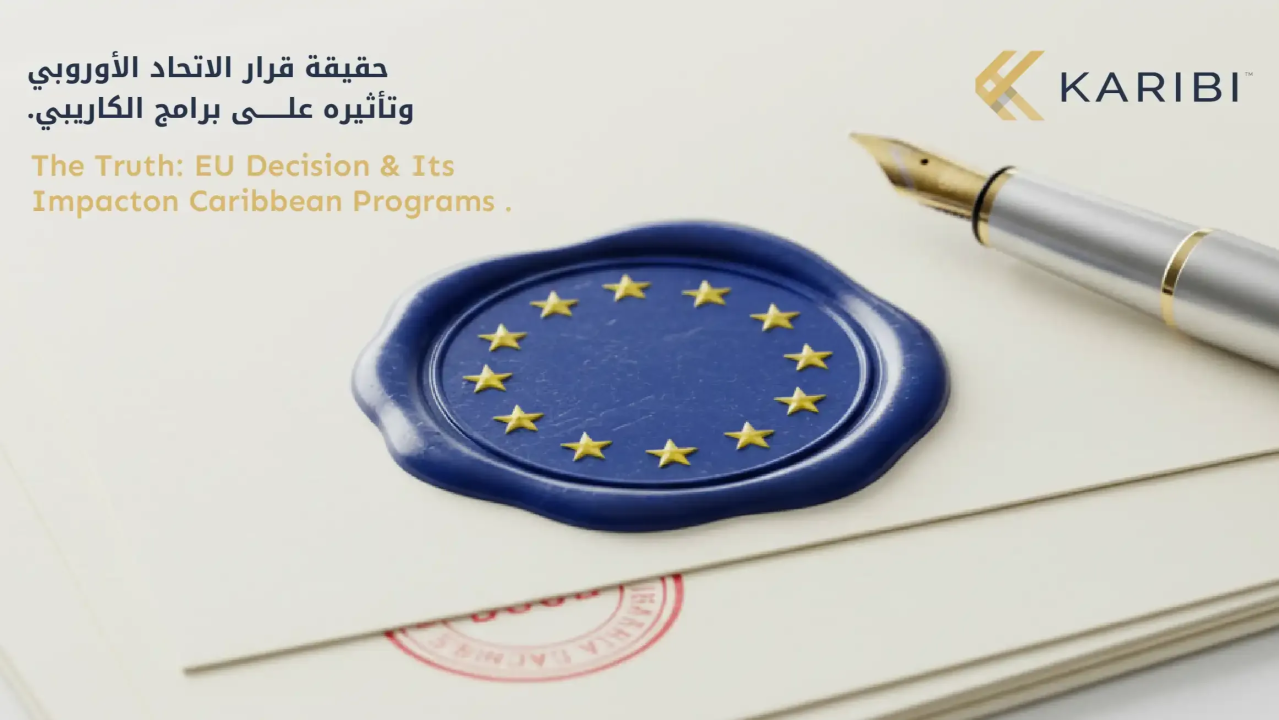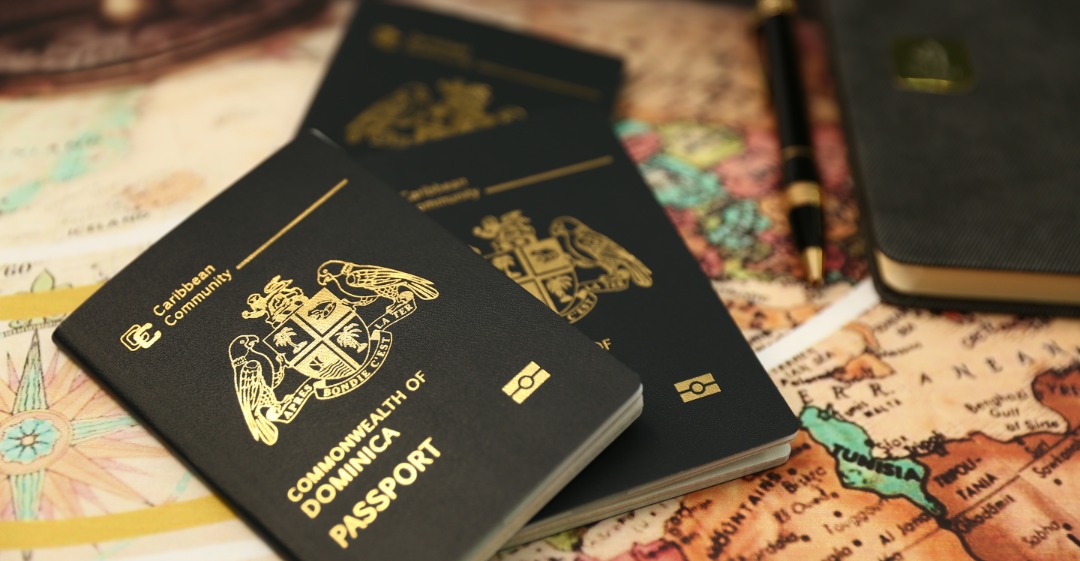The European Union is swapping ink for innovation. As the EU undergoes a massive digital overhaul, its border management is launching into a sophisticated new era with the Entry/Exit System (EES). This isn’t just an update; it’s a monumental shift that replaces the clutter of old passport stamps with cutting-edge digital technology to track movement. So, how will your journey through Europe change after 2025?
The EES is primarily aimed at making travel faster, safer, and more precise. By capturing and storing travel data electronically, the system helps authorities monitor the critical short-stay limit and prevent overstays, all while bolstering security across Europe’s external frontiers. Here’s your complete breakdown of the EES and how it will redefine your next European arrival.
Summary:
- The Entry/Exit System (EES) replaces manual passport stamps with a biometric-based electronic registration system to accurately record travelers’ entries and exits.
- The system strengthens border security, combats illegal overstays, and speeds up border crossings through automated e-gates.
- EES works hand in hand with ETIAS, which requires visa-exempt travelers to obtain prior electronic authorization, creating a unified and secure framework for managing entry to the Schengen Area.
Table of Contents
Decoding EES: What is the Entry/Exit System?
The new European Entry/Exit System (EES) is simply Europe’s high-tech way to handle borders. Think of it as an automatic check-in system for the entire Schengen area.
It’s a required electronic system that will track nearly all non-EU visitors—whether you need a visa or not—as long as you’re making a short trip (up to 90 days in a 180-day period).
The biggest change is that EES completely replaces the old passport stamps with a perfect digital record. It does this by recording your important biometric data (your fingerprints and a photo of your face) along with the exact time you enter and leave. This new method means faster, safer checks because it removes the chances of human error from manual stamping.
The entire system is managed by the EU, working with eu-LISA, their technical team for security systems. eu-LISA is building the central computer hub that connects all Schengen countries, ensuring everyone uses the same fast, accurate digital rules.
When Does the System Go Live?
The digital border revolution officially kicked off on October 12, 2025. On this date, the Entry/Exit System (EES) started its initial run at a few key external border points. Think of it as a crucial test phase to make sure everything works perfectly—from the new national systems to the central database in Brussels.
This isn’t an instant switch; it’s a slow, six-month rollout. During this time, border points will gradually start collecting biometric data and personal details from non-EU travellers. The good news? The system is expected to be fully up and running at all border crossings by April 10, 2026.
Until then, you might still get a traditional passport stamp in some places as the electronic system fully takes over. Countries like Estonia, Luxembourg, and the Czech Republic were among the first to start the rollout, leading the charge toward Europe’s stamp-free future.
Who Needs to Use the New EES System?
- Visa-Free Visitors: This includes citizens from countries that don’t need a visa to enter Schengen (like the UK, USA, Canada, and Australia). For this group, the old passport stamp is gone—your biometric data will now track your visit.
- Short-Stay Visa Holders: If your travel requires a Schengen visa for a short visit (up to the 90-day limit within 180 days), you’ll be registered by the EES.
- All Ages Are Included: The system requires everyone to be registered digitally, even babies.
- Ages 12 and up must provide both fingerprints and a facial photo.
- Children under 12 only need to have their facial photo taken.
Who Gets to Skip the EES?
- EU and Schengen Citizens
- If you have a permanent residence card or a valid long-stay permit (like a student or work visa that lasts more than 90 days) from any EU or Schengen country.
- Certain special groups, such as heads of state or high-level diplomatic staff, are also legally exempt from the system.
What Is the EES Designed to Achieve?
- Turbo-Charge Security: The EES strengthens the whole EU by upgrading how checks are done. Using biometric verification (like fingerprints and face scans), authorities get instant, reliable access to traveller data. This helps spot potential threats much faster.
- Stop Visa Overstays and Fraud: By creating a precise digital record of every entry and exit, the system automatically catches people who stay longer than their legal limit (known as “overstayers”). This is a huge help in controlling irregular migration. The system is also great at uncovering fake documents and identity fraud by comparing biometric details.
- Speed Up Your Travel: The EES is designed to cut down on long lines and wait times. By getting rid of slow, manual passport stamping, it reduces stress on border checkpoints. For your next trip, the system can use your previously saved data (fingerprints and photo) to make your journey through the border smooth and quick.
What Changes for Travelers?
- Biometric Check-In: The very first time you enter the Schengen Area after the system launches, you’ll need to provide your fingerprints and a facial photo. This data will be instantly saved in your digital file for three years.
- No More Passport Stamps: Your passport won’t get stamped manually anymore. Instead, the exact time, date, and place of your entry and exit will be recorded electronically in the system’s central database. This keeps a perfect track of your legal stay time.
- Faster Future Trips: When you travel again within that three-year period, border crossings will be much quicker and easier. You’ll be able to use e-gates that recognize your fingerprint or face, speeding up your entry without having to re-register your data.
- Expect Initial Delays: On that very first visit, be ready for a potentially longer wait time, especially at busy border points. Collecting your biometric data takes a little more time than simply stamping a page, but this is a one-time process.
EES and ETIAS: Europe’s Digital Border Systems Side-by-Side
| Feature | Entry/Exit System (EES) | European Travel Information and Authorisation System (ETIAS) |
| Primary Job | Registration at the Border (Replaces passport stamps). | Pre-Travel Security Check (An electronic travel permit). |
| What It Collects | Biometric Data (Face photo and fingerprints), and entry/exit times. | Passport details, security background, and health information (to issue authorization). |
| When/Where It Happens | At the physical border checkpoint when you arrive or leave. | Online, before you travel to Europe. |
| Who Must Use It | All non-EU citizens (both visa holders and visa-exempt visitors) for short stays. | Only visa-exempt citizens (e.g., US, UK, Canadian travellers) for short stays. |
| Go-Live Date | October 12, 2025 (Gradual rollout begins). | Late 2026 (Launches after EES is fully operational). |
The European Entry/Exit System (EES) marks a historic upgrade, modernizing and securing the EU’s borders by using smart technology. By swapping manual passport stamps for digital collection of biometric data (like photos and fingerprints), the system can perfectly track traveller movements and easily catch anyone who overstays their legal limit. This move significantly boosts the security of the region and helps fight issues like illegal migration and identity fraud.
The EES isn’t working alone; it teams up with the upcoming European Travel Information and Authorisation System (ETIAS). Together, they create a strong digital framework designed to both secure the borders and keep things moving smoothly for visitors. With these changes here, the best advice for travellers is simple: prepare now and know the new rules to guarantee your next European trip is hassle-free.






